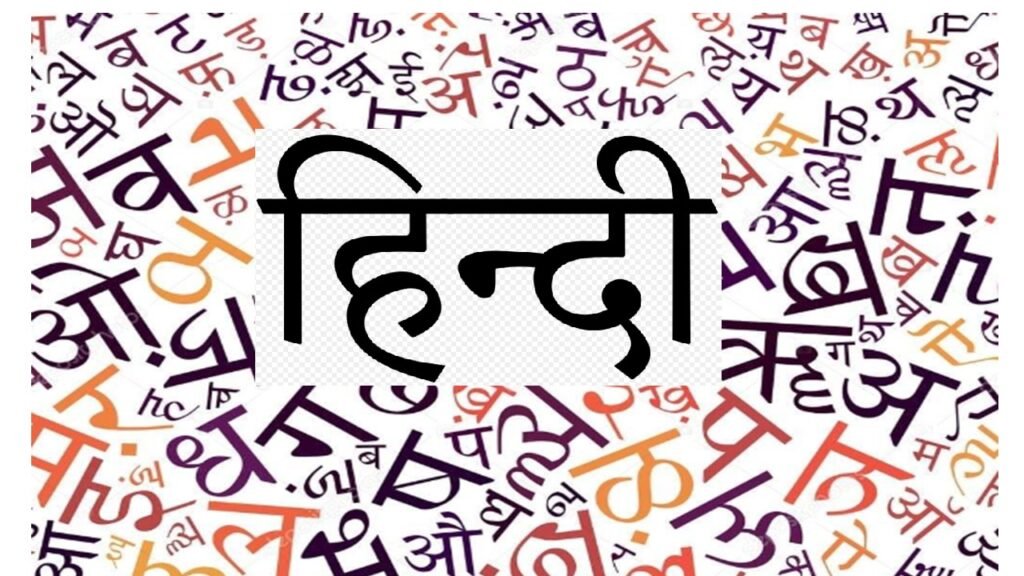Certified Hindi English Language Translation in Kolkata | +91 – 9100392160 | ANA Translation: Hindi English Translation serves as a bridge between cultures, allowing ideas, stories, and knowledge to transcend linguistic barriers. Within this vast realm of translation, the conversion between Hindi and English holds particular significance due to the widespread use and cultural influence of both languages. This essay delves into the intricacies of Hindi to English translation, exploring its challenges, techniques, and the cultural nuances inherent in the process.
The translation between Hindi and English dates back centuries, influenced by historical interactions between India and the English-speaking world. Colonialism played a significant role in the introduction of English to the Indian subcontinent, resulting in a complex linguistic landscape where both languages coexist and interact. Over time, this interaction led to the development of bilingualism among speakers, necessitating proficient translation services to facilitate communication.
Translating between Hindi and English presents numerous challenges, stemming from the linguistic, cultural, and contextual differences between the two languages. Some of the key challenges include:
Linguistic Differences: Hindi and English belong to different language families, with distinct grammar, syntax, and vocabulary. Translators must navigate these differences while preserving the meaning and intent of the original text.
Idiomatic Expressions: Both languages contain idiomatic expressions and colloquialisms that may not have direct equivalents. Translators must employ creativity and cultural insight to convey these nuances effectively.
Cultural Sensitivities: Hindi and English-speaking cultures possess unique values, customs, and references that may not directly translate. Translators must be sensitive to cultural nuances to ensure accurate representation and avoid misinterpretation.
Contextual Ambiguity: Translating complex concepts or context-specific terminology requires a deep understanding of the subject matter. Translators must possess specialized knowledge in various fields to convey meaning accurately.
To overcome these challenges, translators employ a variety of techniques tailored to the specific requirements of each text. Some common techniques include:
Literal Translation: This method involves translating words and phrases directly, maintaining the original structure and order as much as possible. While suitable for simple texts, it may fail to capture nuanced meanings or cultural references.
Dynamic Equivalence: Also known as functional equivalence, this approach focuses on conveying the intended meaning rather than adhering strictly to the original text. Translators prioritize clarity and readability, often paraphrasing or rephrasing sentences to achieve the desired effect.
Cultural Adaptation: When translating culturally specific terms or references, translators may opt for cultural adaptation, replacing them with equivalents that resonate with the target audience. This ensures comprehension without sacrificing authenticity.
Transcreation: In creative or marketing content, transcreation involves more than translation—it encompasses adaptation, interpretation, and creative rewriting to evoke the same emotional response as the original. Transcreations blend linguistic accuracy with artistic flair to engage the audience effectively.
Effective Hindi to English translation plays a crucial role in various domains, including literature, academia, business, and diplomacy. It facilitates cross-cultural communication, enables access to knowledge and information, and fosters mutual understanding between diverse communities. As globalization continues to connect people and nations, the demand for proficient translators proficient in Hindi and English remains high.
In conclusion, Hindi to English translation is a multifaceted process that requires linguistic expertise, cultural sensitivity, and creative ingenuity. Despite the challenges inherent in bridging the gap between two distinct languages, skilled translators play a vital role in facilitating communication and preserving cultural heritage. By embracing the complexities of translation and employing appropriate techniques, translators contribute to the enrichment of both languages and promote global exchange of ideas and perspectives.
Translation serves as a vital medium for communication, enabling the exchange of ideas, culture, and knowledge across linguistic boundaries. In the dynamic interplay between Hindi and English, translation plays a crucial role in facilitating understanding and bridging cultural divides. This comprehensive essay embarks on a journey through the complexities of translation, examining the intricacies of both Hindi to English and English to Hindi translation processes. From historical evolution to linguistic challenges, cultural nuances, techniques, and impact, this exploration delves into the rich tapestry of linguistic exchange between Hindi and English.
Translation is the cornerstone of intercultural communication, allowing languages to interact and enrich one another. In the case of Hindi and English, two languages with significant global influence, translation serves as a bridge connecting diverse linguistic and cultural communities. This essay aims to explore the nuances of both Hindi to English and English to Hindi translation processes, shedding light on their complexities, challenges, techniques, and impact on cross-cultural understanding.
The history of translation between Hindi and English is intertwined with the colonial legacy, the spread of globalization, and the evolution of linguistic exchange. From the British colonial era to the present-day globalized world, English has exerted a profound influence on Hindi, shaping its vocabulary, syntax, and cultural expressions. Similarly, Hindi has contributed to the enrichment of English through loanwords, cultural concepts, and literary influences. The historical evolution of translation reflects the changing dynamics of power, culture, and identity, highlighting the enduring relevance of linguistic exchange in shaping the modern world.
Translating between Hindi and English poses numerous linguistic challenges, stemming from the structural differences between the two languages. Hindi, with its complex grammar, rich inflectional system, and Sanskrit-derived vocabulary, presents unique difficulties for English-speaking translators. Conversely, English, with its diverse vocabulary, syntactic flexibility, and global variants, poses challenges for Hindi-speaking translators. From idiomatic expressions to cultural references, every aspect of language requires careful consideration and skillful navigation in the translation process.
Culture is intrinsic to language, influencing the way people perceive and express themselves. Translating between Hindi and English entails not only linguistic proficiency but also cultural sensitivity and awareness. From religious beliefs to social customs, from historical events to literary traditions, cultural references abound in both languages, adding layers of meaning and complexity to the translation process. Translators must navigate these cultural nuances with care, ensuring that the essence of the original text is preserved while making it accessible to the target audience.
Translating between Hindi and English demands a repertoire of techniques and strategies tailored to the specific requirements of each text. From literal translation to dynamic equivalence, from cultural adaptation to transcreation, translators employ a variety of approaches to convey meaning across linguistic and cultural boundaries. Each technique offers its own advantages and challenges, requiring translators to exercise judgment and creativity in selecting the most appropriate method for a given text. Additionally, technological advancements in machine translation and computer-assisted translation tools have transformed the landscape of translation, offering new opportunities and challenges for practitioners in the field.
The impact of Hindi to English and English to Hindi translation extends far beyond linguistic exchange—it shapes cultural understanding, fosters intercultural communication, and promotes global dialogue and cooperation. Translators serve as cultural mediators, bridging the gap between Hindi-speaking and English-speaking communities and facilitating the exchange of knowledge, ideas, and perspectives. In an increasingly interconnected world, the demand for proficient translators proficient in both Hindi and English continues to grow, highlighting the significance of translation in promoting cross-cultural understanding and mutual respect.
In conclusion, translation between Hindi and English is a multifaceted process that requires linguistic expertise, cultural sensitivity, and creative ingenuity. Despite the challenges inherent in navigating the interplay of languages and cultures, skilled translators play a crucial role in facilitating communication, fostering understanding, and promoting cross-cultural dialogue and cooperation. By embracing the complexities of translation and employing appropriate techniques and strategies, translators contribute to the enrichment of both languages and the promotion of global understanding and collaboration. As we embark on the journey of translation, let us celebrate the diversity of languages and cultures that enrich our world and strive to build bridges of understanding and empathy across linguistic divides.
We offer below services for Certified Hindi English Language Translator in Kolkata
- Hindi to English Translator in Kolkata
- English to Hindi Translator in Kolkata
- Technical English Translator in Kolkata
- Hindi English Translator for Machine Installation
- English to Hindi Translator in Kolkata
- Hindi to English Translator in Kolkata
- Hindi English Translator for Business Meetings
- Hindi English Translator for Conference in Kolkata
- Hindi English Translator for Market Research in Kolkata
- Birth Certificate Hindi English Language Translation in Kolkata
- Death certificate Hindi English language Translation in Kolkata
- Educational Document Hindi English Language Translation in Kolkata
- PCC Hindi English Language Translation in Kolkata
- Certified Hindi English Language Translation in Kolkata

